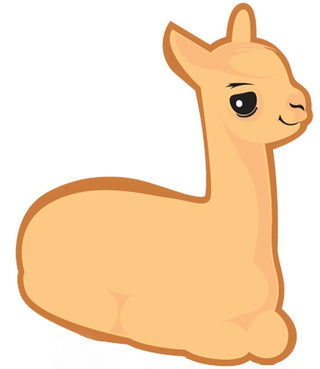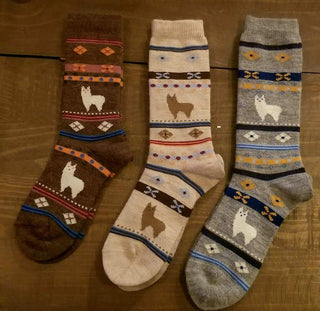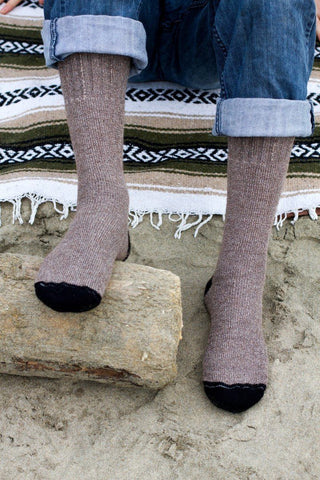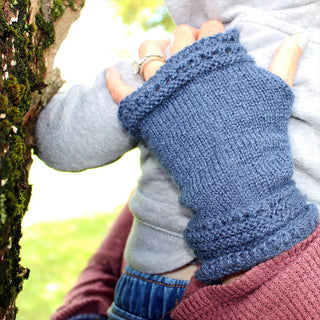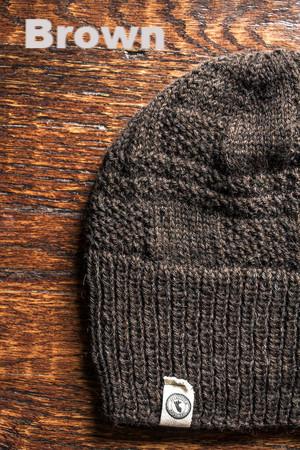From unique fur to unusual sounds, alpacas have a lot to offer.
:max_bytes(150000):strip_icc():format(webp)/GettyImages-528127648-2e95f2a1e8fa4c20a76a533b21eca4cc.jpg)
Alpacas are widely regarded as the cutest of the Camelidae family, which also includes llamas, guanacos, vicuñas, and camels. With their floppy tufts, slender necks, ingénue eyes, and coy grins, they are the "it" animals of the diverse ungulate world.
Beyond their looks, alpacas are responsible for bearing some of the silkiest, most versatile fiber (for which they're shorn annually) in nature. Their fur is said to be stronger than mohair, warmer than goose down, and more breathable than thermal knits. Additionally, they possess some remarkable personality traits. Here are a few things you may not know about the alpaca.
1. Alpacas Are Ancient
:max_bytes(150000):strip_icc():format(webp)/sheep-on-field-against-sky-692740955-19b85a72d5924d358185e816b6f48c7f.jpg)
Like llamas, alpacas are thought to have been domesticated more than 6,000 years ago by the Incas, who raised them for their prized fleece.1 At the time, alpaca fiber was reserved exclusively for the elite and noble due to its high quality and versatility. Early on, they were farmed mostly in the Puna region of the Peruvian Andes and were later brought to lower elevations (about 3,800 years ago).2 They are still abundant throughout the Andes today.
As for an alpaca's lifespan, they generally live from 15 to 20 years. However, the oldest known alpaca lived to the age of 27.
2. They're Growing in Population
Only half a century ago, the only alpacas that existed in the U.S. were in zoos. It wasn't until 1984 that a small group of importers brought the first of a carefully selected alpaca herd to the states and Canada, and they’ve been dotting the bucolic landscape ever since.3 The North American herd has grown from just a few, all residing in zoos and private farms, to more than 250,000, according to the Alpaca Owners Association registry.4 They're in every state, with Ohio having the highest concentration.
3. They Can Be Therapeutic
Dogs come to mind when most people think "therapy animal." However, therapy alpacas are becoming increasingly common at hospitals, health care facilities, and retirement homes around the world. Pet Partners, the largest and perhaps most well-known therapy animal group in the U.S., keeps about 20 llamas and alpacas, a spokesperson told The New York Times. As it turns out, they make great hiking partners and bedside companions.
4. Baby Alpacas Are Called 'Cria'
:max_bytes(150000):strip_icc():format(webp)/baby-alpaca-02-ca5bf953e6574fc5a9b63d7e7539d127.jpg)
Alpacas have a gestation period of about 11 months, and typically have only one baby at a time. As with llamas, guanacos, and vicuñas, baby alpacas are known as crias. The word "cria" translates directly as "breeding" in Spanish. Newborn alpacas typically weigh between 10 and 17 pounds (4.5 and 7.7 kilograms) and may be weaned after six to eight months.5
As for adult alpacas, a female is called an "hembra" and a male is called a "macho."
5. Their Fleece Is Different from Sheep's Wool
Alpaca fiber is like sheep’s wool, except warmer and less itchy. Because it lacks the oil lanolin, it's hypoallergenic and doesn't require high temperatures and harsh chemicals during processing. According to the Food and Agriculture Organization of the United Nations (FAO), alpaca fiber is fine, silky, and comes in an array of natural colors, from reddish-brown to rose-gray.
If you purchase alpaca fiber, make sure that it's sourced ethically and sustainably. Most alpacas are shorn annually — a five-minute process that sometimes involves restraining their front and hind legs. The Council of Fashion Designers of America (CFDA) recommends alpaca wool that is certified organic, Fair Trade Certified, naturally colored, sustainably grazed, and supports local communities.
6 Alpaca Fiber Is Non-Flammable and Water-Resistant
:max_bytes(150000):strip_icc():format(webp)/alpacas-standing-in-a-field-999571882-fa44ed83d4e64cfa81b1add2aa992d65.jpg)
In fact, alpaca fiber is so nonflammable that it meets the U.S. Consumer Product Safety Commission's rigid testing specifications as a Class 1 fiber. It's water-resistant and mimics cotton in its ability to wick away moisture.
7. Alpacas Can Cross-Breed With Llamas
:max_bytes(150000):strip_icc():format(webp)/GettyImages-115861686-e520d20e72404fefac88d6668f0b18c6.jpg)
NNehring / Getty Images
There are two breeds of alpaca: huacaya and suri. The former is characterized by its dense, crimped coat whereas the latter has longer (and more prized) wool. However, there is an alpaca-llama hybrid as well. Called a llalpaca in the U.S. and a huarizo in South America, it's the product of a female alpaca and male llama, and it's treasured for its unique, long fleece.
7. They Can be Housetrained
One notable alpaca behavior is the animal's tendency to use a communal dung pile.6 They designate only a few places in the pasture, or in the wild, where they defecate in tidy mounds (located away from where they graze). Because of their predisposition to pooping in designated areas, some alpacas have been successfully house-trained. Apart from living on commercial farms, alpacas are often kept as pets.
8. They Hum, Haw, and 'Orgle'
:max_bytes(150000):strip_icc():format(webp)/alpaca-at-machu-picchu-1128418554-84d862a445dd4f859130759badee43ae.jpg)
Humming is the most common sound alpacas make.5 They hum softly when they're curious, content, worried, bored, distressed, or cautious. When startled or in danger, one of them will announce a threat with a staccato alarm call and the rest will follow suit. When they breed, the male emits a unique throaty vocalization known to the alpaca-raising community as “orgling.”

